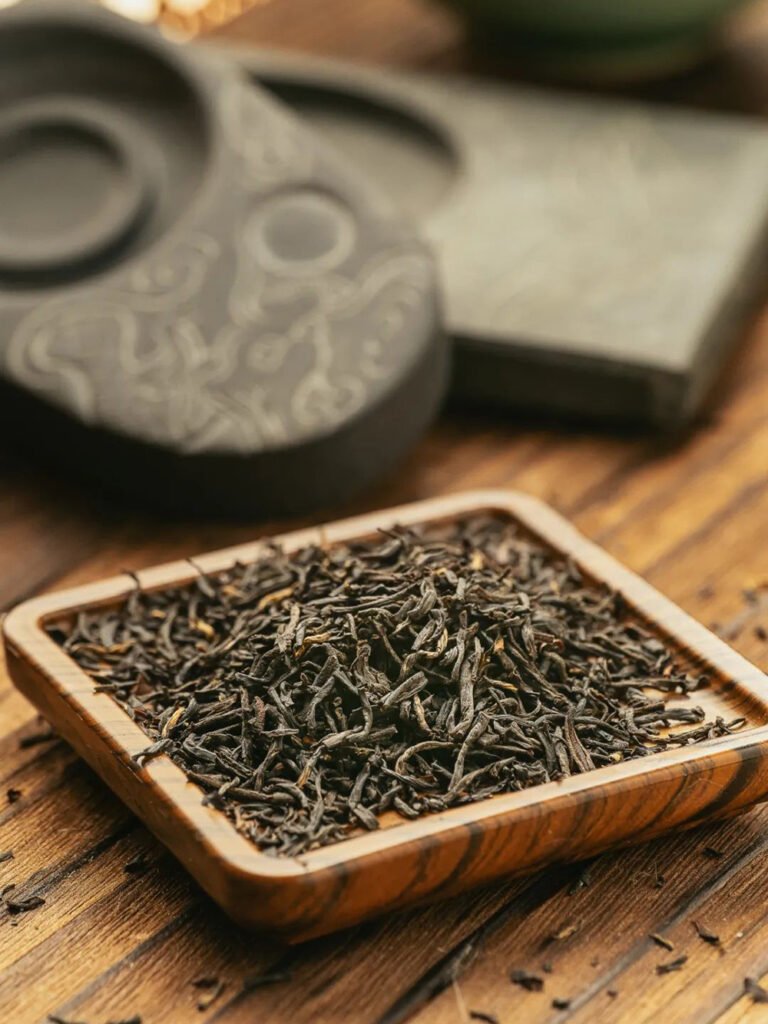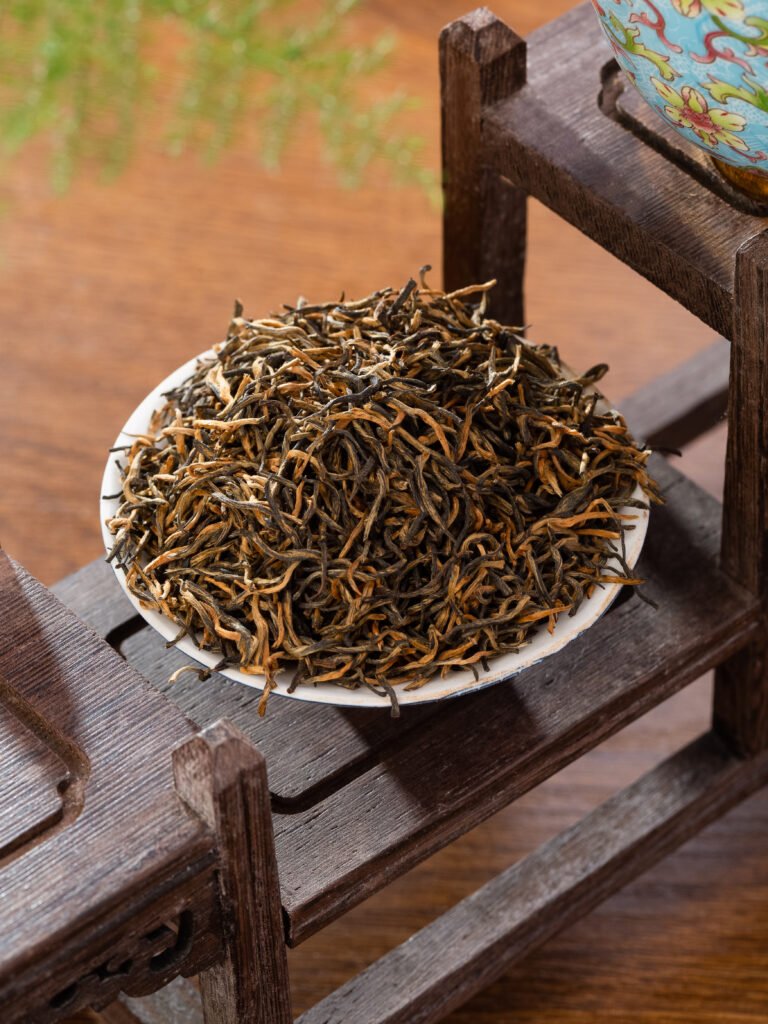

Lapsang Souchong Tea
Lapsang Souchong black tea, the original Chinese black tea, has been produced for over 400 years. The term "Lapsang Souchong" was first known in Europe as WUYI BOHEA, which became the representative of Chinese tea in Europe. Its spread began in the late 16th and early 17th centuries when it was introduced to Europe by Dutch merchants. It quickly became popular with the British royal family and throughout Europe. To distinguish it from other imitations that were flooding the market, the locals named it "Lapsang Souchong Tea".
Lapsang Souchong tea grows in high mountain valleys where the temperature is low, rainfall is abundant, foggy days are long, sunshine is short, frost periods are long, and the soil is fertile, loose and rich in organic matter. Its seed propagation method makes its quality even better.
Lapsang Souchong black tea has anti-inflammatory properties, as recorded in the Compendium of Materia Medica. The catechins in it can bind to unicellular bacteria and cause the protein to coagulate and precipitate, inhibiting and destroying pathogenic bacteria. This made it popular in Europe and a luxury product at the time.
With its elegant quality and long history, Lapsang Souchong black tea has become a jewel of Chinese tea culture.




